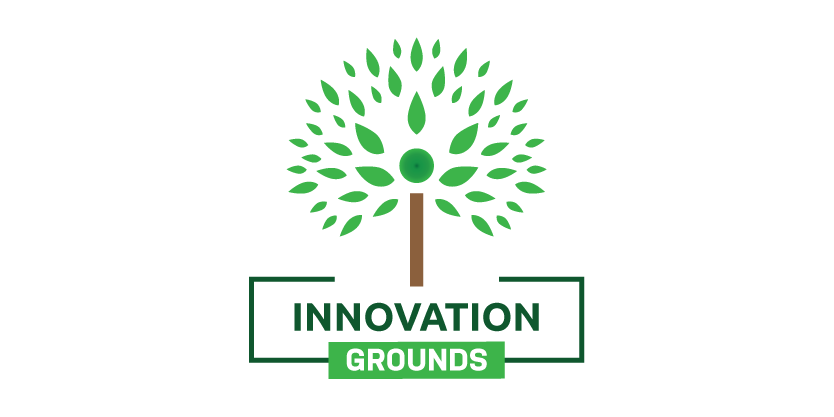In a city like Austin, known for its vibrant culture, outdoor lifestyle, and environmental awareness, creating an eco-friendly yard is more than just a trend—it’s a necessity. Designing a sustainable outdoor space allows homeowners to not only contribute to a healthier planet but also enjoy a beautiful, low-maintenance yard. Whether you’re starting from scratch or updating your current space, here’s how you can design an eco-friendly yard in Austin that balances sustainability and style.
Start with Native Plants for a Sustainable Landscape
The foundation of any eco-friendly yard is the use of native plants. Native plants are well-suited to the Austin climate and require less water, fertilizer, and maintenance. They help preserve the local ecosystem by providing food and habitat for wildlife, including pollinators like bees and butterflies.
Some excellent native plants for an Austin yard include:
Texas Bluebonnet (Lupinus texensis): Known for its striking blue flowers, this state flower thrives in Austin’s soil and climate.
Blackfoot Daisy (Melampodium leucanthum): A hardy perennial that flourishes in dry conditions and requires minimal water.
Purple Coneflower (Echinacea purpurea): Not only is this plant drought-tolerant, but it also attracts pollinators.
By choosing native plants, you’ll create a beautiful, sustainable landscape that blends seamlessly with the surrounding environment.
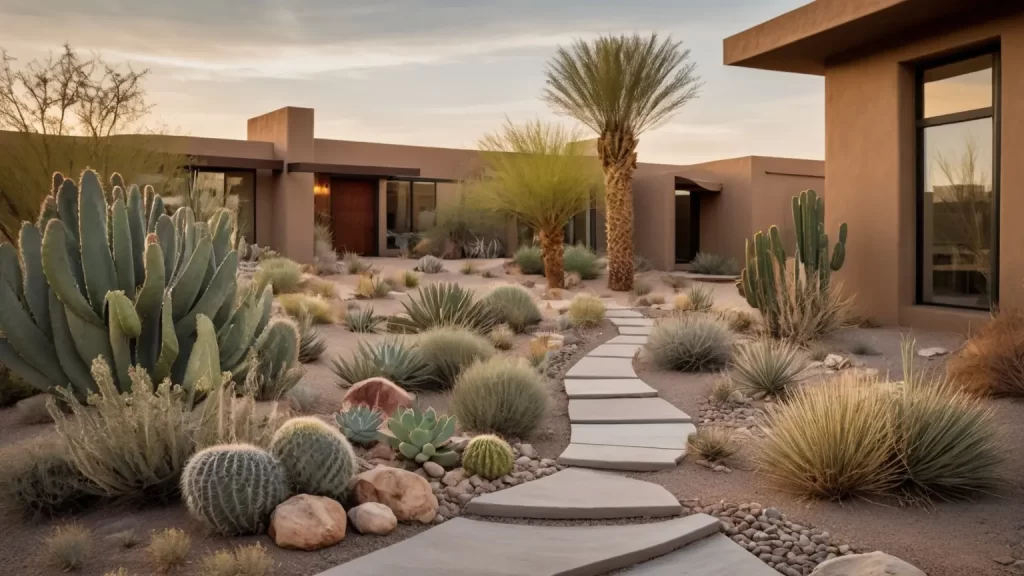
Incorporate Water-Saving Techniques
Water conservation is crucial in Austin, especially with the region’s hot summers and occasional drought conditions. There are several ways to minimize water usage in your yard while still keeping it lush and vibrant.
Install a Drip Irrigation System: Unlike traditional sprinklers, drip irrigation delivers water directly to the plant’s roots, reducing water waste.
Use Mulch: Adding a layer of mulch around your plants helps retain moisture in the soil and prevents evaporation, which reduces the need for frequent watering.
Rainwater Harvesting: Collecting rainwater in barrels or tanks to use for irrigation is a great way to reduce reliance on city water supplies while also benefiting your garden.
These strategies not only conserve water but also help you create a more self-sustaining yard.
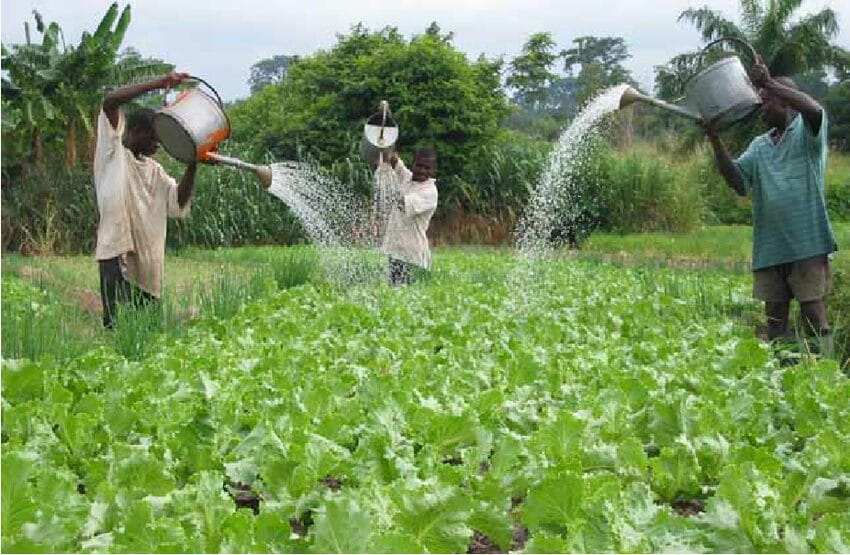
Go Green with Sustainable Hardscaping Materials
Hardscaping refers to the non-plant elements of your yard, such as walkways, patios, and fences. When designing an eco-friendly yard, it’s important to choose sustainable materials that have a minimal environmental impact.
Permeable Pavers: Traditional concrete surfaces can lead to runoff and water pooling. Permeable pavers, however, allow rainwater to filter through the ground, reducing water waste and helping to prevent flooding.
Recycled Materials: Recycled brick, wood, or stone can be used for pathways, garden borders, or retaining walls, giving your yard a unique, stylish look while reducing the need for new resources.
Sustainable Decking: If you’re adding a deck or patio, consider using composite decking made from recycled wood and plastic materials. These products are durable, low-maintenance, and eco-friendly.
By incorporating sustainable hardscaping, you’ll create an outdoor space that is not only stylish but also environmentally responsible.
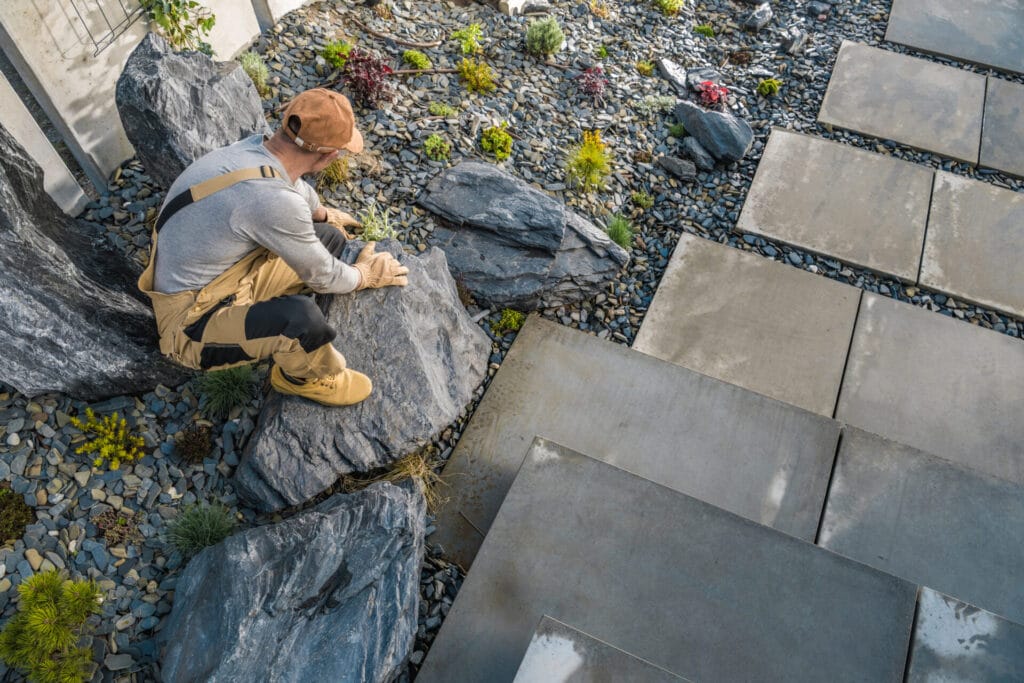
Design for Biodiversity
Biodiversity is essential for a healthy and thriving ecosystem. An eco-friendly yard can provide a sanctuary for various species of birds, insects, and small animals. Consider adding elements to your yard that attract and support wildlife.
Bird Baths and Birdhouses: Install bird baths and birdhouses to encourage local bird populations to visit your yard. Choose designs that are safe and easy for birds to use.
Pollinator Gardens: Incorporating a variety of flowering plants that attract pollinators, such as bees and butterflies, can help support local ecosystems and promote biodiversity.
Wildlife Corridors: If your yard is part of a larger neighborhood or natural area, create pathways that allow small wildlife to move safely through your space, contributing to the overall health of the ecosystem.
By fostering biodiversity in your yard, you’ll contribute to the health of the local environment and create an inviting outdoor space for both people and wildlife.
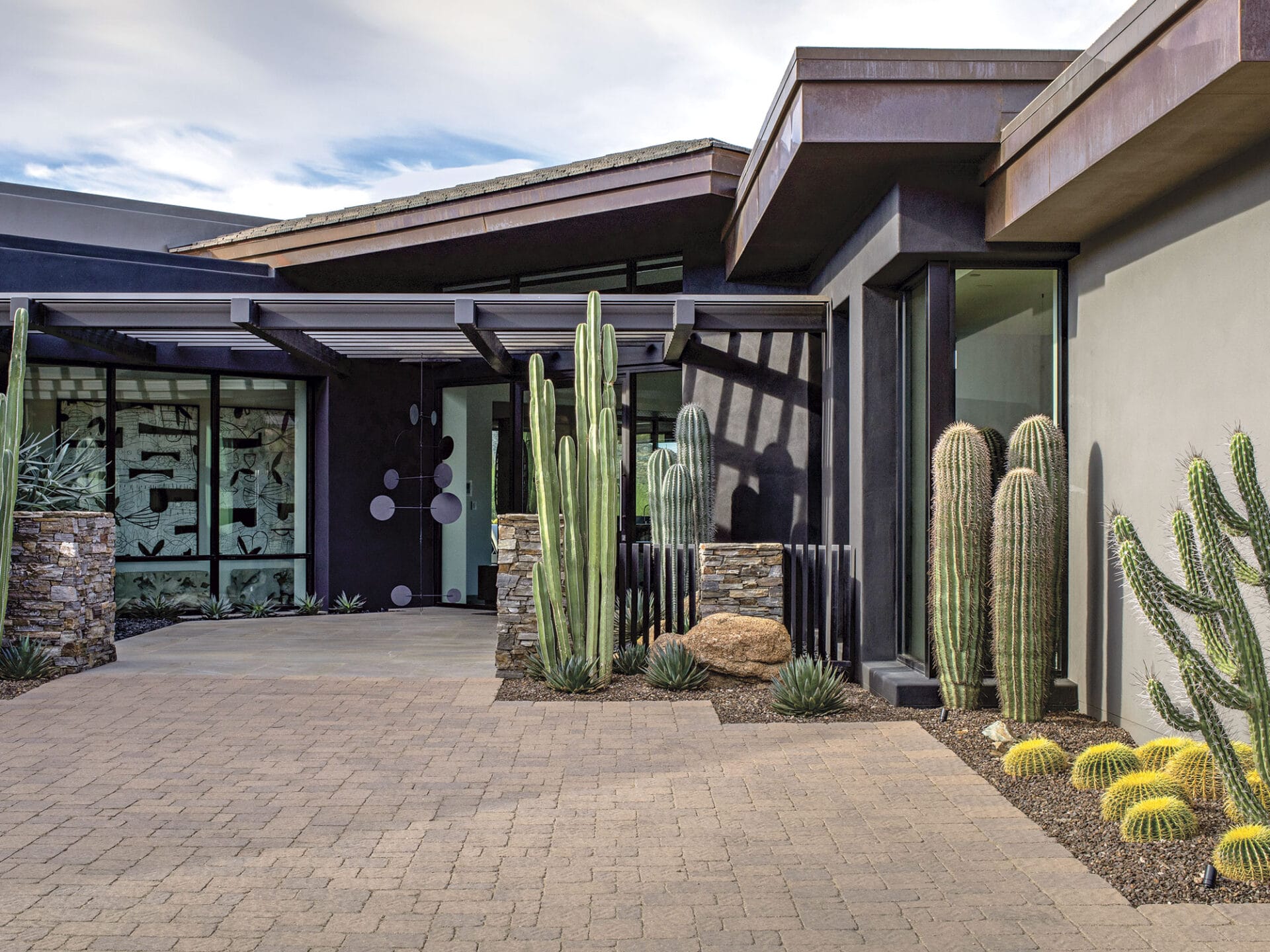
Opt for Low-Maintenance, Eco-Friendly Lawn Alternatives
Traditional lawns require significant resources in terms of water, fertilizer, and mowing. Instead of a conventional lawn, consider alternatives that are more sustainable and require less maintenance.
Artificial Turf: Modern artificial turf is made from recycled materials and can be an excellent option for areas where grass won’t thrive or where water conservation is a priority.
Ground Covers: Low-growing ground covers like clover, creeping thyme, or sedum are great alternatives to grass. They are drought-tolerant, require little maintenance, and can create a lush, green carpet for your yard.
Rock Gardens: For a more natural, low-maintenance look, consider incorporating a rock garden filled with drought-tolerant plants, succulents, and other hardy species.
These alternatives not only save you time and money but also reduce the environmental impact of maintaining a traditional lawn.

Incorporate Solar Power
One of the easiest ways to make your yard more sustainable is by incorporating solar-powered elements. Solar lights, water features, and garden decorations can add a touch of charm to your outdoor space while reducing your reliance on electricity.
Solar Lights: Illuminate walkways, patios, and garden beds with solar-powered lights that charge during the day and provide ambient lighting at night without adding to your energy bill.
Solar Water Pumps: If you have a pond or fountain, consider using a solar-powered pump to circulate the water. This eco-friendly option uses renewable energy to power your water feature.
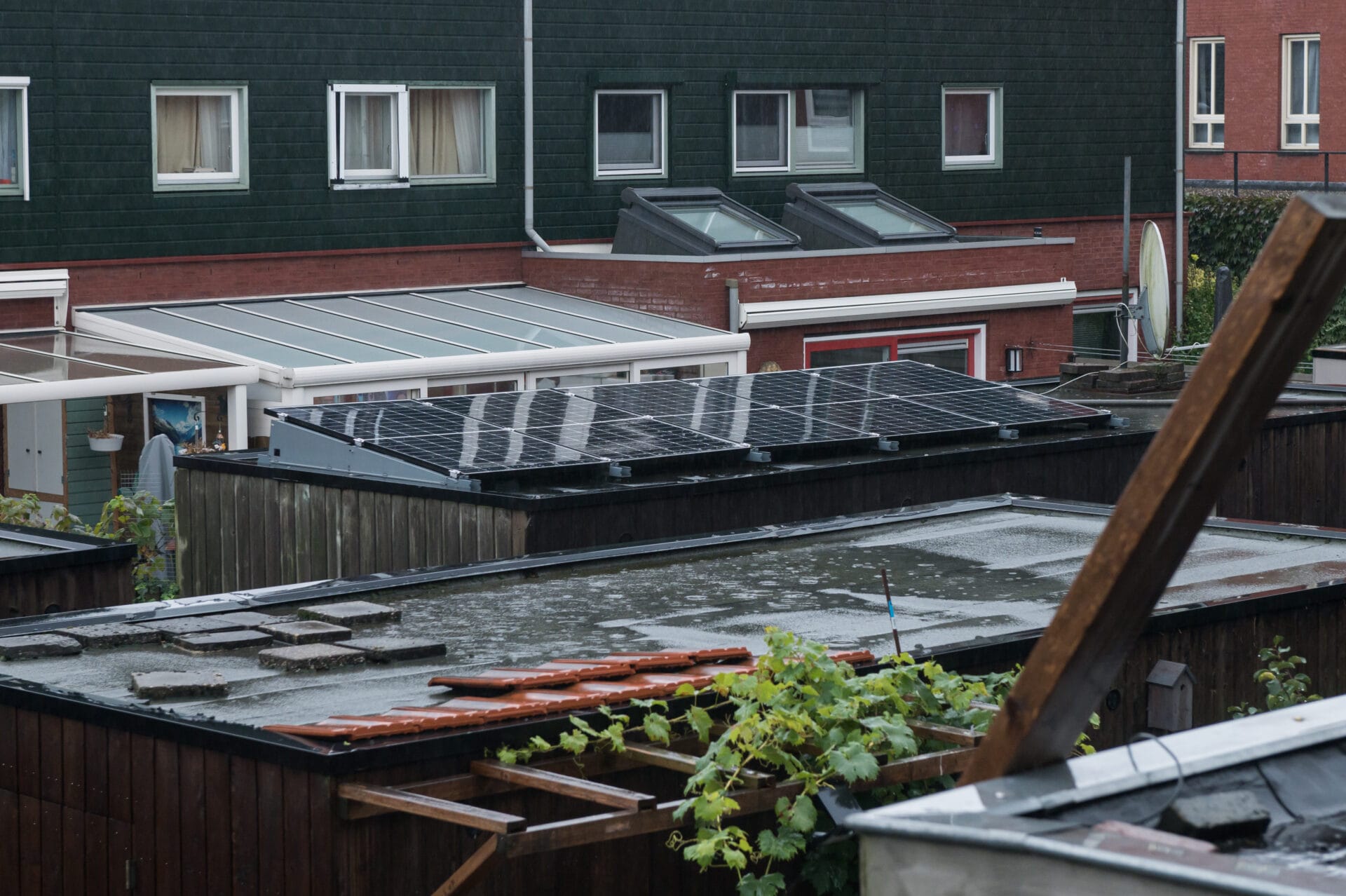
Conclusion: A Beautiful, Sustainable Future for Your Yard
Designing an eco-friendly yard in Austin doesn’t mean sacrificing style or functionality. By incorporating native plants, water-saving techniques, sustainable hardscaping, and eco-friendly lawn alternatives, you can create a yard that is both beautiful and environmentally responsible. Whether you’re looking to conserve water, support local wildlife, or simply create a stylish outdoor retreat, these tips will help you design a sustainable yard that enhances your home and helps protect the planet.

